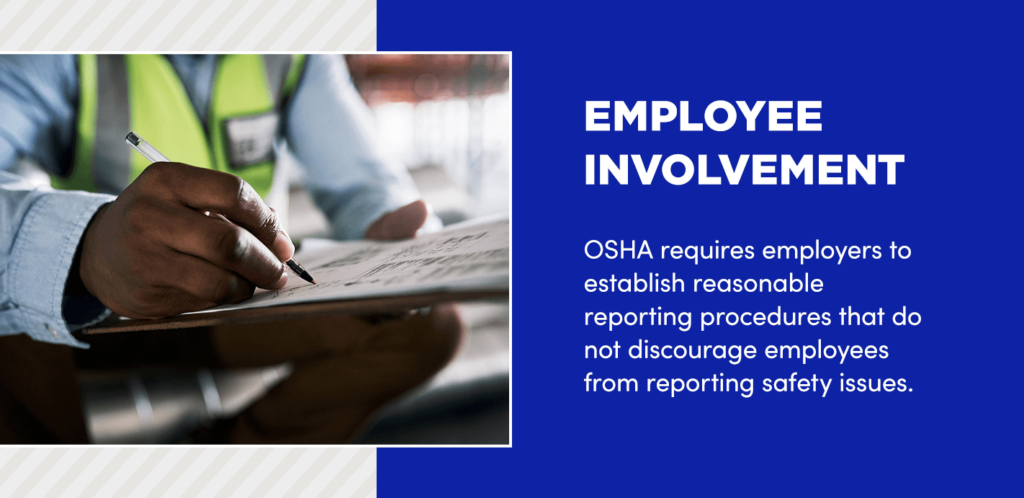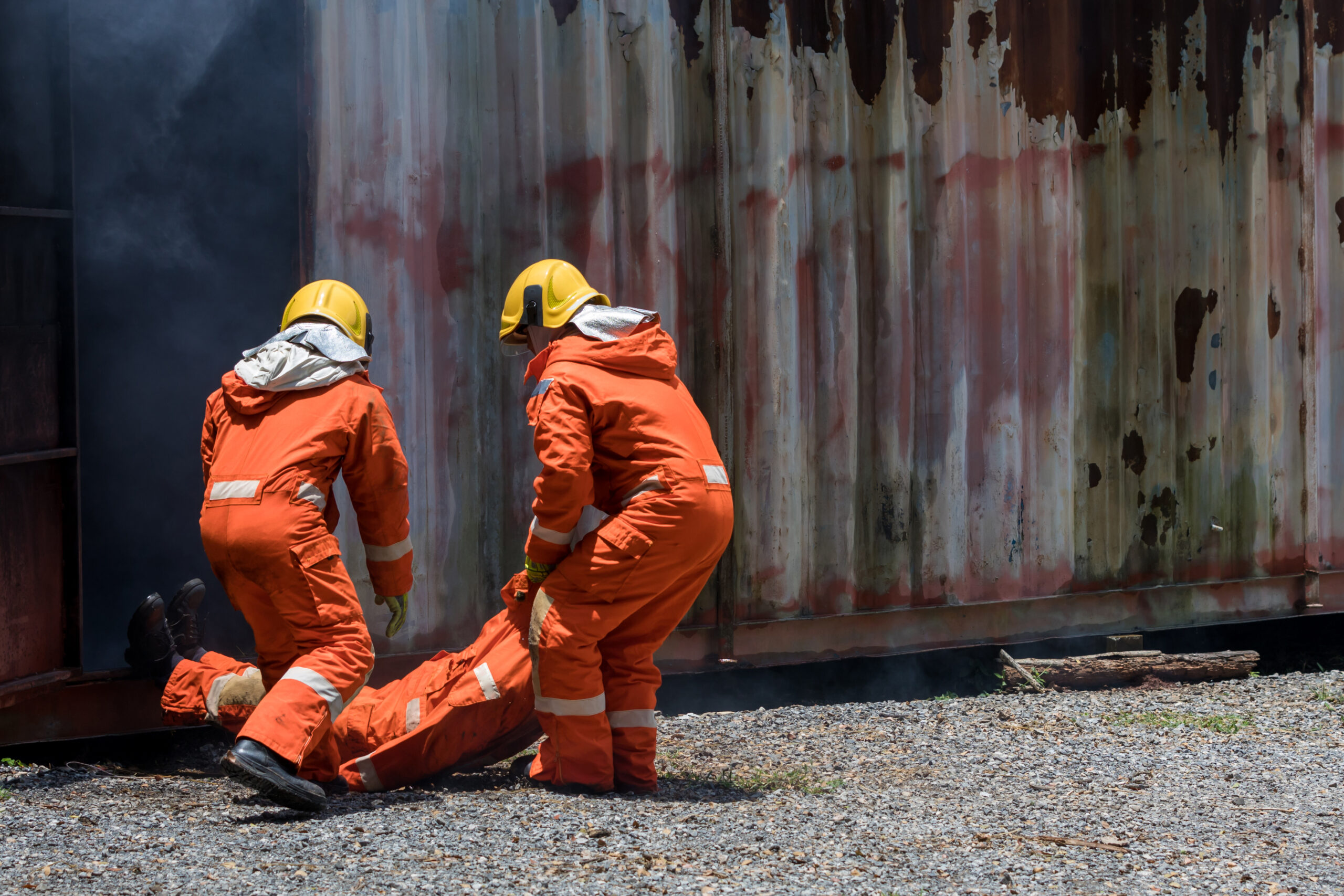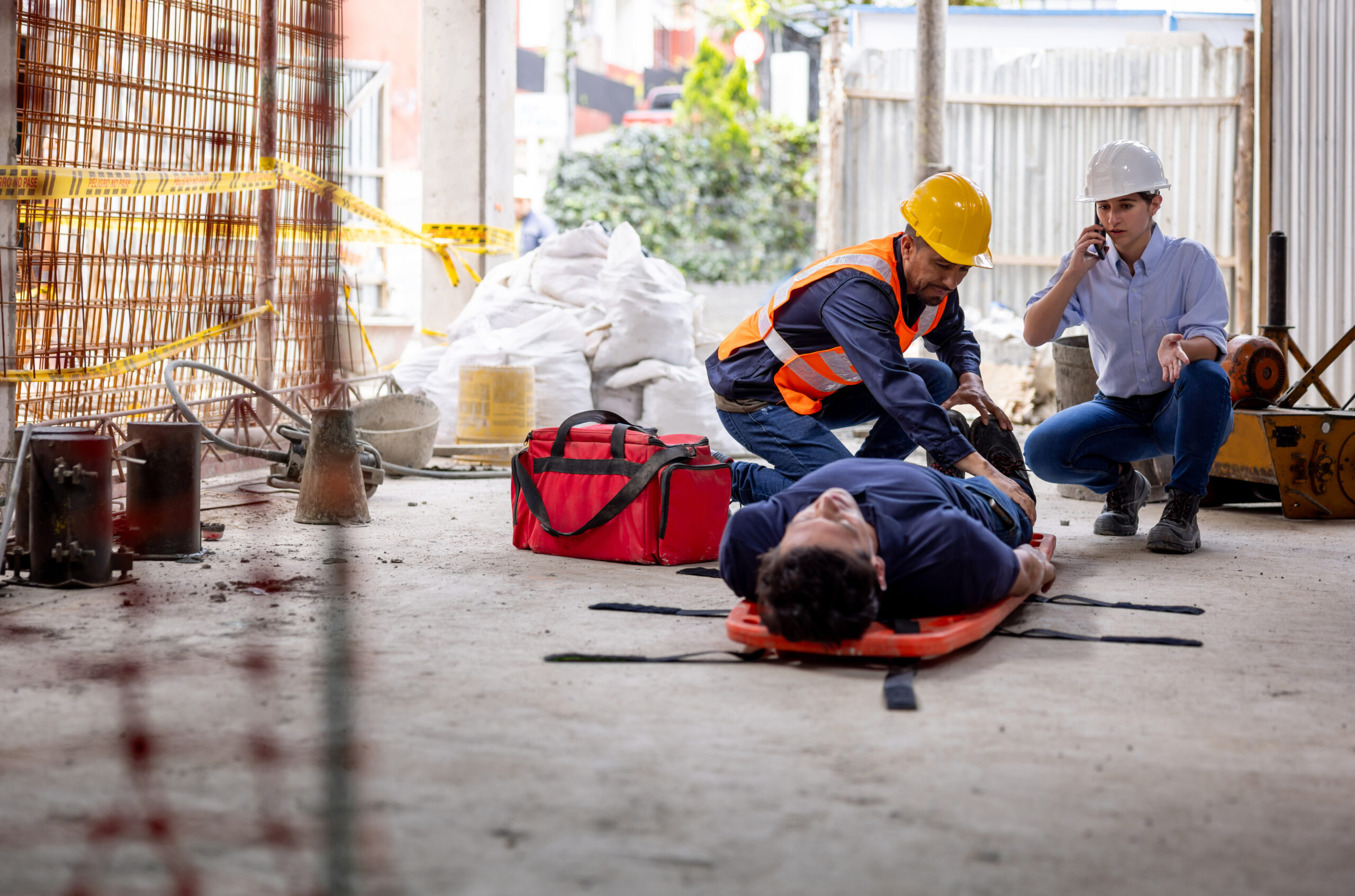OSHA Recordkeeping Requirements

The Occupational Safety and Health Administration (OSHA) covers standards for safe and healthy workplaces in the United States. It establishes regulations, performs inspections, conducts training and education, and works with state agencies and other industry regulators. OSHA also establishes safety recordkeeping requirements to track and monitor workplace accidents in various industries.
Learn more about OSHA requirements for recordkeeping to ensure your facility remains in compliance.
What Is OSHA Recordkeeping and Why Is It Important?
OSHA requires organizations to keep records of serious injuries and illnesses that happen at the workplace. As a federal agency dedicated to ensuring the safety of workers, OSHA aims to evaluate workplace safety standards and better understand industry hazards. These requirements help OSHA build better protections and reduce hazards that impact workers. OSHA shares this data with the public to provide insights into industry safety trends.
As a safety professional, effective recordkeeping ensures your facility complies with OSHA regulations. It also assists with your own safety monitoring and tracking, providing an organized way to document and record injuries and illnesses.
Who Is Required to Keep Records?
Organizations with more than 10 employees must keep records of injuries and illnesses to report to OSHA. These requirements apply to full-time, part-time, seasonal, and temporary employees. However, there are a few notable exceptions:
- Organizational size: Facilities with fewer than 10 employees through the entire previous calendar year do not have to submit injury or illness records to OSHA unless directed to do so in writing.
- Low-hazard industries: OSHA provides a list of low-risk industries that may be partially exempt from following these recordkeeping regulations. However, they may be requested by the Bureau of Labor Statistics (BLS) or a state agency.
Despite these exemptions, all workplaces must report any incidents that involve fatalities, inpatient hospitalizations, the loss of an eye, or amputations to OSHA.
What Are the Requirements for OSHA Recordkeeping?
OSHA recordkeeping requirements can be found in Title 29 of the Code of Federal Regulations (CFR), part 1904. The general requirements for safety recordkeeping include the following:
Types of Injuries
OSHA clearly defines the types of injuries and illnesses you will need to record. The types of injuries OSHA requires records for include:
- Death: Any fatality must be reported to OSHA within eight hours, regardless of how long after the incident the death occurs.
- Loss of consciousness: This includes any injury, illness, or exposure that causes an employee to lose consciousness.
- Days away from work: If the incident causes the employee to miss one or more days of work, it is recordable.
- Restricted work duties or transfers: You must record the incident if it results in restricted work duties or requires the employee to transfer to another job.
- Medical treatment beyond first aid: OSHA has a specific definition of first aid — any care required outside of this is a recordable incident.
- Significant diagnosed injury or illness: If a medical professional diagnoses an employee with a serious condition, like cancer or a punctured eardrum, this must be recorded.
- Special recording criteria: Work-related cases for injuries from needlesticks and sharps, medical removals, hearing loss, and tuberculosis have special recording requirements.
For these incidents to be recordable, they must be work-related, which means an event or exposure in the workplace was the cause or contributing factor in the injury or illness, or significantly aggravated a preexisting condition.
An example of a recordable incident is if an employee slips on wet concrete and sprains or fractures their wrist, requiring a trip to the emergency room. Nonrecordable incidents include an employee who misses work due to a cold or an injury sustained in their personal life.
Recordkeeping Forms
Take note of the following forms OSHA requires for recordkeeping:
- Form 300: The Log of Work-Related Injuries and Illnesses includes detailed information about each reportable incident.
- Form 300A: The Summary of Work-Related Injuries and Illnesses is an overview of all the reportable incidents that occurred that year. After being certified by a company executive, you must post it in a visible location for employees to review between February and April.
- Form 301: As the first form you fill out after a reportable incident, the Injury and Illness Incident Report should be completed within seven days. Acceptable substitutes for this form can include state workers’ compensation or another report, but they must contain the same information as Form 301.
Because these forms include information about employee health, you must keep all details confidential. You must retain these records for five years following the year of the incident. If any changes occur in the classification of the reported injury or illness, or the outcome of a case changes, you must update Form 300.
OSHA requires an annual submission to electronically report the information from Form 300A through the Injury Tracking Application. Companies that must submit this information include:
- Employers with 20-249 employees in industries listed in Appendix A to Subpart E.
- Employers with 250 or more employees in industries OSHA categorizes as low-hazard, listed in Appendix A to Subpart B.
- Employers with 100 or more employees in designated high-risk industries — these facilities must also report data from Forms 300 and 301.
You may also be requested to submit forms by a state agency or the BLS, even if you do not fall into any of the above categories. That is why it is so important to keep all incident forms organized and accessible.
Employee Involvement
One of the most important factors in keeping safety records is establishing reporting procedures, and OSHA specifically requires this process to be reasonable, meaning it does not deter or discourage an employee from making a report.
Your employees must be educated on how, when, and where to report work-related illnesses or injuries. Employees and their authorized representatives should also have access to these forms when requested.
Your employees will be your main source of accident reporting, so ensure they know it is forbidden to fire or discriminate against employees who report injuries or illnesses. Prompt, accurate reporting is essential to ensuring the continued health and well-being of all workers at your facility.

Enforcement and Penalties
OSHA enforces recordkeeping standards just like they do other workplace health and safety standards. Failure to report or incorrect reporting can result in a violation. In most cases, recordkeeping violations are other-than-serious, meaning they pertain to health and safety but are not serious. Common violations include:
- Misclassifying an injury or illness.
- Failing to include all necessary information on the injury forms.
- Not retaining the records for the required five years.
- Failing to report serious injuries in the required time frame.
- Missing deadlines for submitting reports.
OSHA assesses penalties per violation. So, if your facility fails to accurately report two workplace injuries, OSHA will assess each incident and levy a penalty for each. The maximum penalty amount updates each year — for 2025, the penalty is $16,550 per violation. Your company’s size and the nature of the violation will factor into the total fine. However, failure to correct the problem can result in a per-day violation penalty, and repeat or willful violations can garner steeper penalties.
Take a Practical Approach to Workplace Safety With a Certified Safety Manager Course
To avoid hefty fines, ensure your facility follows all of OSHA’s recordkeeping requirements and establish procedures to make accurate and timely reports to the necessary authorities. To stay informed and educated about recordkeeping and other safety best practices, take a course from the National Association of Safety Professionals (NASP).
All our courses meet or exceed OSHA requirements and equip you with the skills and knowledge you need to safely and effectively manage safety programs in a wide range of industries. Take our live Certified Safety Manager (CSM) course for comprehensive environmental health and safety training in a classroom environment. We also offer online CSM courses you can take from anywhere.
Reach out to NASP for more information about our offerings.

Blog Posts
Latest Posts
Related Posts




